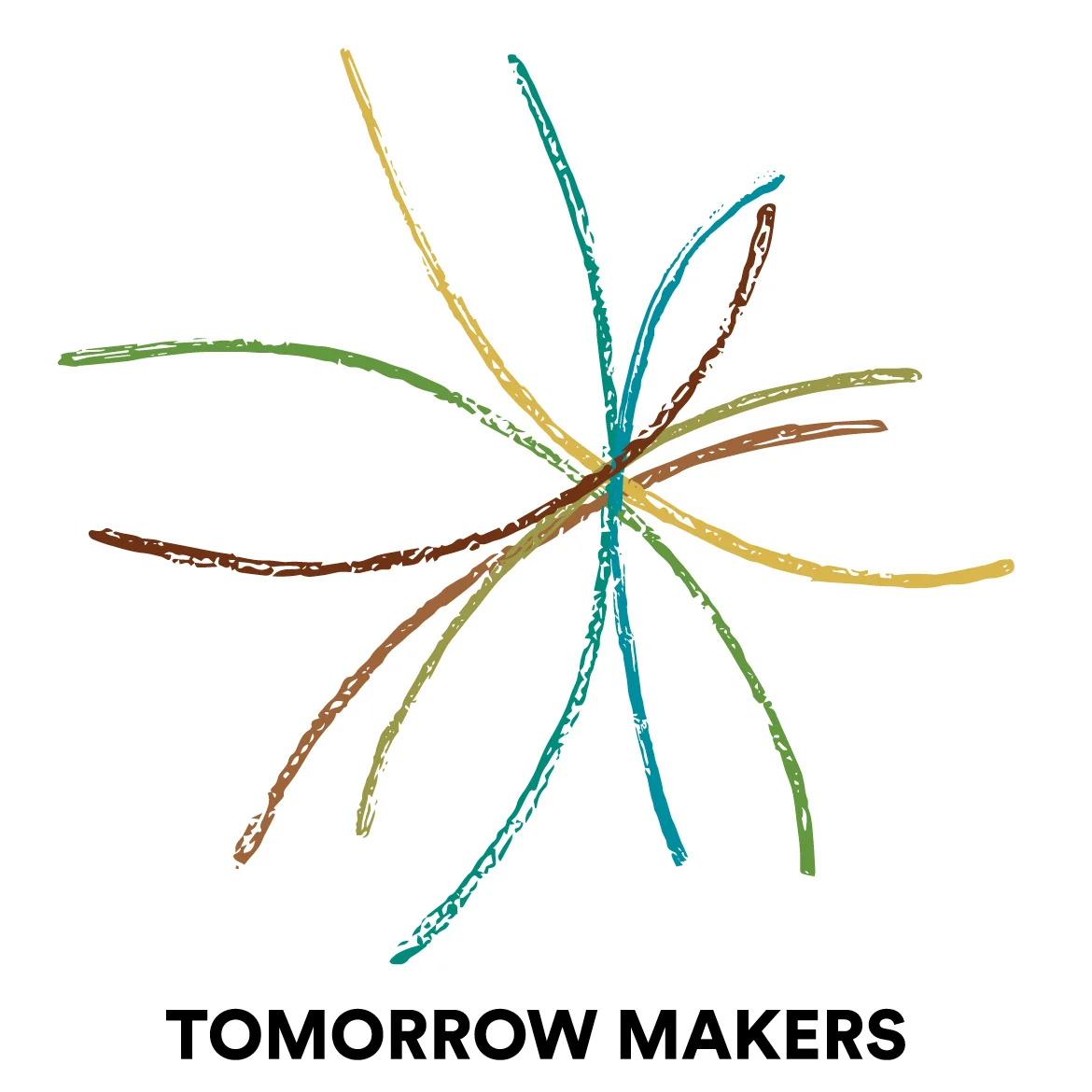Wayfinding, part two
/In which we define wayfinding, past and present
The name Wayfinding was inspired by the Polynesian seamen who set forth to find new lands. Often traveling many hundreds of miles over long periods of time, these men were brilliant at finding new routes into the unknown using signals like weather, planets, sun, moon, waves, animals, and tides. They combined and recombined elements according to their understanding of each part, bringing together - with each exploration - a new whole, a new sense of direction for safe travel. While a vision of greater opportunity attracted them, they realized their goals through incremental steps and measures. Wayfinding was the process of discerning “if this, then that” within every hour. They brought the forces of their intuitive and intellectual knowing together in seemingly mysterious ways and allowed for exploration into unknown territories. They were some of yesterday’s best discoverers of new worlds.
In modern times, wayfinding has been adopted by architects, urban planners and designers to refer to the orientation and signage within the built environment. While not in any way adverse to this usage, it is not a significant factor in our application of the term.
Our concept of wayfinding harks back to the original willingness to step into the future with a sense of curiosity and adventure… a process for seeing and sensing and coming to know. Our wayfinders use modern tools and processes but how they combine intuitive and intellectual knowledge is probably very similar.
While wayfinders of yore often kept their knowledge private, not willing to share since this kind of knowledge was power and control, a core distinction of how we use the term is that wayfinding is, by necessity, a social endeavor, sharing and collaborating openly, knowing that it is this connecting and meshing together that brings new answers, new riches.
Wayfinders step into the future and design with it, getting into a sense of flow and seeing all kinds of new and interesting information and patterns. By living in the future, by engaging with it and generating many options, they can more easily see ways forward and make linkages that guide ideas and energy. Modern wayfinders are not bent on controlling the future or being right, but rather working with the future and the abundant opportunities and ingenuity that it offers to steer it toward best case.
Living within a long now enables wayfinders to see differently and make connections that few others see. Wayfinders reach into the past and bring forward information that seemed trivial but now has new relevance and connection. Uncovering “hidden” assumptions, reading between lines, constantly course correcting, wayfinders thrive on feedback, re-creation, and collaboration. Their tools are simulations, synthesizing, storytelling, mapping and visualizing. They connect ideas through and with individuals, governments, corporations, and communities. Wayfinders are non ideological and quite willing to play with and connect outlandish ideas to those that are most revered. Wayfinding is an infinite game composed of finite games whose outcomes shape each moment in time. Wayfinders place bets on healthy outcomes and then seek ways to win the bet.
